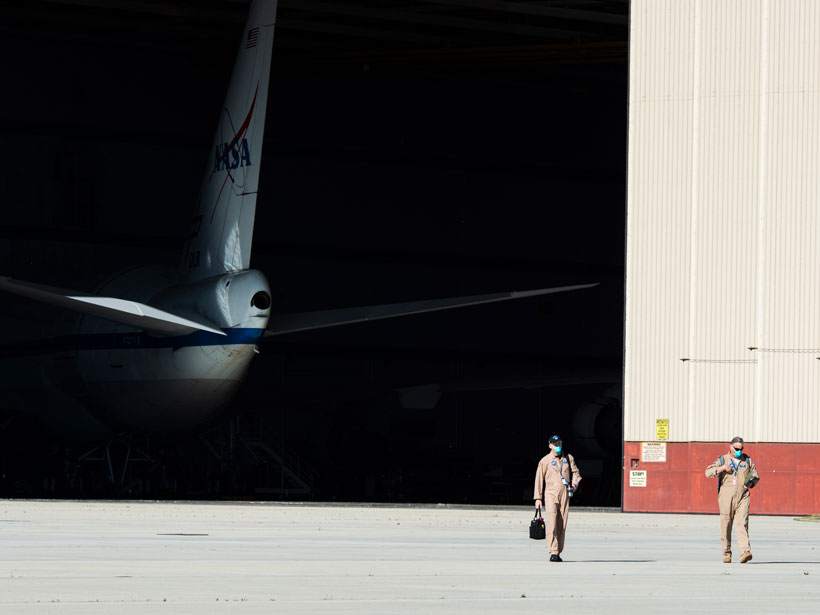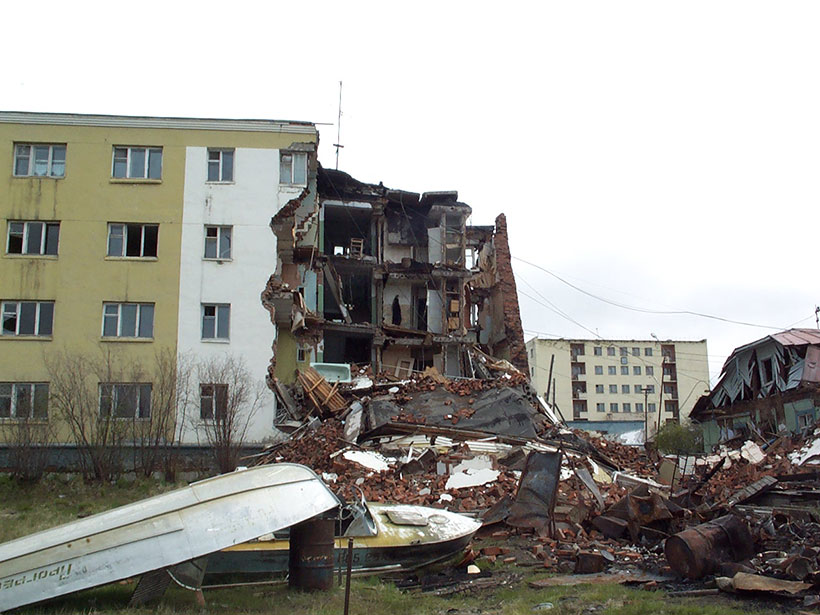Comparing recent GPS data with a longer record of sea level along the western coast of North America allows researchers to home in on interseismic deformation above the Cascadia megathrust.
AGU 2020
Five Things Spy Satellites Have Taught Us About Earth
Long before we had satellites beaming terabytes of data back to Earth, we had covert spacecraft the size of school buses snapping photos on rolls of film 50 kilometers long.
Lending a Hand to Sustainability
Handprint thinking, a concept developed about a decade ago, is meant to complement ecological footprints and frame human actions in terms of how much good they can do to promote sustainability.
Social Media Helps Reveal Cause of 2018 Indonesian Tsunami
Videos from Twitter and YouTube helped scientists tease out the physical mechanisms that generated the large tsunami in Palu Bay after a magnitude 7.5 earthquake.
Six Ways Satellites Tracked COVID-19
A new database reveals dimmer cities, empty farming fields, and vacant ports.
This Week: Masked Men and Other Mysteries
What Earth and space science stories are we recommending this week?
Machine Learning Can Help Decode Alien Skies—Up to a Point
Astronomers are testing the tools that might help them keep up with the upcoming storm of exoplanet atmosphere data.
Electron Density near Enceladus Shows Orbital Variation
The electron density peaks well after the activity of the moon’s distinctive south polar ice plume reaches its maximum, but the cause of the lag remains puzzling.
The Ticking Time Bomb of Arctic Permafrost
Arctic infrastructure is under threat from thawing permafrost.
A Dive into the Deep Earth
In July, Eos looks at the incredible capabilities scientists have developed to recreate the enormous pressures and temperatures that exist far below the planet’s surface.










